From Berkeley to Berlin: How the Rad Lab Helped Avert Nuclear War Hardcover – February 15, 2022 by Tom Ramos
HARDCOVER
[288 pages]
PUB: February 15, 2022
Description
Author: Ramos Tom
Package Dimensions: 0x0x1134
Number Of Pages: 288
Release Date: 15-02-2022
Details: Product Description
In November 1960, bolstered by anti-Communist ideologies, John F. Kennedy was elected president of the United States. Soviet Premier Nikita Khrushchev brandished nuclear diplomacy in an attempt to force the United States to abandon Berlin, setting the stage for a major nuclear confrontation over the fate of West Berlin. From Berkeley to Berlin explores how the United States had the wherewithal to stand up to Khrushchev’s attempts to expand Soviet influence around the globe. The story begins when a South Dakotan, Ernest Lawrence, the grandson of Norwegian immigrants, created a laboratory on the Berkeley campus of the University of California. The “Rad Lab” attracted some of the finest talent in America to pursue careers in nuclear physics.
When it was discovered that Nazi Germany had the means to build an atomic bomb, Lawrence threw all his energy into waking up the American government to act. Ten years later, when Joseph Stalin’s Soviet Union became a nuclear power, Lawrence drove his students to take on the challenge to deter a Communist despot’s military ambitions. Their journey was not easy: they had to overcome ridicule over three successive failures, which led to calls to see them, and their laboratory, shut down. At the Nobska Conference in 1956, the Rad Lab physicists took up the daunting challenge to provide the Navy with a warhead for Polaris.
The success of the Polaris missile, which could be carried by submarines, was a critical step in establishing nuclear deterrent capability and helped Kennedy stare down Khrushchev during the Berlin Crisis of 1961. Six months after the height of the Berlin Crisis, Kennedy thought about how close the country had come to destruction, and he flew out to Berkeley to meet and thank a small group of Rad Lab physicists for helping the country avert a nuclear war.
Review
“This is a powerful and well-written story of a vital part of America’s effort to win the Cold War. A must-read for anyone interested in national security and the development of technology. It was inspirational to read about the immense challenges faced by the talented cast of characters at the Rad Lab and how they rose to the occasion.”
–John F. Antal, author of 16 books, including his latest Leadership Rising; 7 Leadership Lessons of the American Revolution, and 7 Leadership Lessons of D-Day
“Ramos challenges longstanding popular views by dissecting how thermonuclear weapons were interwoven into the country’s strategic deterrent strategy–and what roles they played in nuclear confrontations in the Cold War. Tom’s intensive research emerges as a concisely written narrative that provides an insider’s knowledge of these historic events.”
–Dr. Tom Reed, former secretary of the U.S. Air Force, author of At the Abyss: An Insider’s History of the Cold War and The Nuclear Express: A Political History of the Bomb and Its Proliferation
“This book should be required reading at the U.S. Army Command and General Staff College. One of its great strengths is the anecdotal content. It humanizes the story and reminds us these were real people with enormous responsibilities.”
–James R. McDonough, editor-in-chief of the 1997 Report of the National Defense Panel
“This is a powerful story of a vital part of America’s challenges in the Cold War, and the role that the Navy’s submarine service played in it. It is a must-read for anyone interested in how national deterrent strategy developed to face an aggressive Soviet threat, and how young physicists at a national laboratory rose to the challenge. This book is a tribute to the roles jointly played by scientists and the military to preserve our freedom in a dangerous world.”
–Adm. Richard W. Mies USN (Ret.)
“The story of how Ernest Lawrence created a laboratory at Berkeley, recruited some of the top scientific talent in the country, and spurred them to develop the warhead for the Polaris missile is a model of American innovation. I highly recom
Be the first to review “From Berkeley to Berlin: How the Rad Lab Helped Avert Nuclear War Hardcover – February 15, 2022 by Tom Ramos”
You must be <a href="https://webdelico.com/my-account/">logged in</a> to post a review.

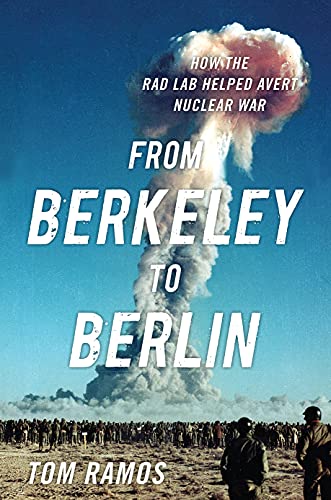
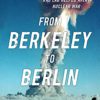
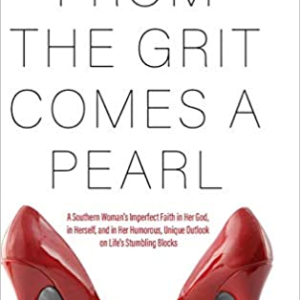
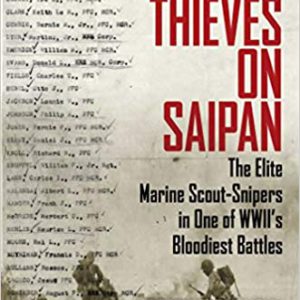
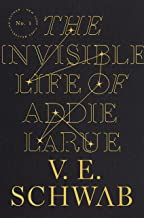
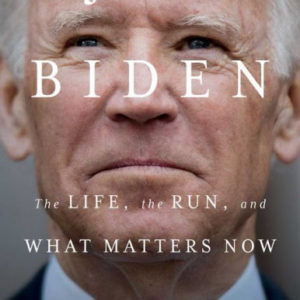

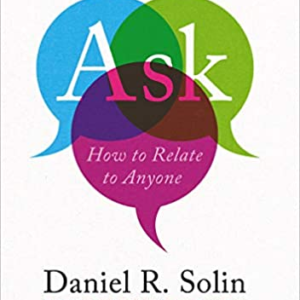
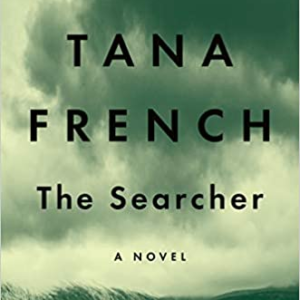

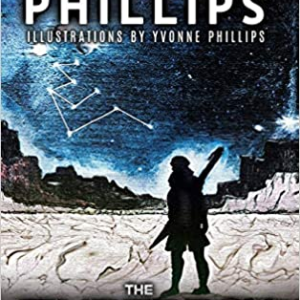
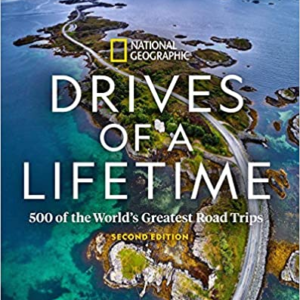
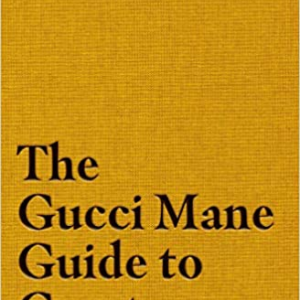
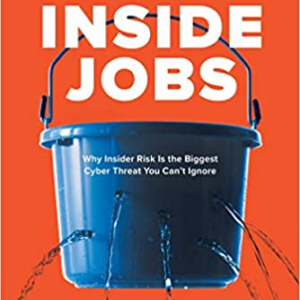
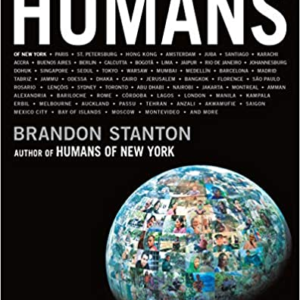
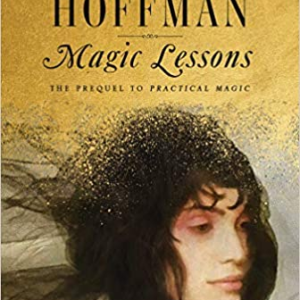








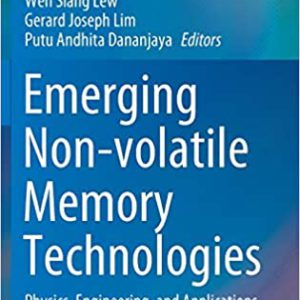



There are no reviews yet.